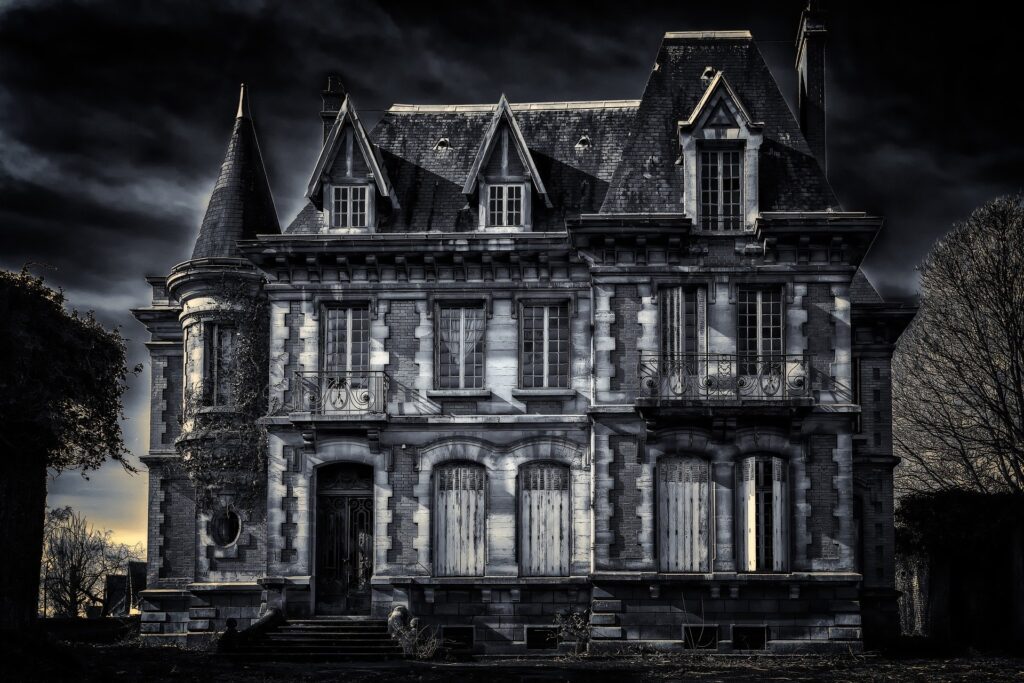Planning a Mystery Novel
This week on the blog, I thought I’d discuss planning a mystery novel. As often happens in my writing craft series, it’s no coincidence I’m basing it on something I’m working through at the moment!
As you might have seen, I’m writing a historical mystery romance project this year for NaNoWriMo. (If you’re unfamiliar, check out this blog post about NaNoWriMo I did a couple of weeks ago). To give you a flavour, it’s set in the late Victorian era (I think! Not quite decided on the time yet).

The story starts with Penelope on her way from her wedding to her new husband’s estate. However, their marriage was arranged. They were once friends as children, but that was a long time ago now. She’s nursing a recent heartbreak, but soon, their friendship begins to grow. However, a mystery shrouds her new home. Just as she begins to wonder whether love could be possible, the secrets of his threaten to catch up to their present. Penelope must discover the truth if she has any chance of happiness, but soon she wonders if she can even trust her new husband at all…
I’ve really enjoyed working on this story so far. I am a plotter and I know the ‘big reveal’ of this mystery, but it’s now getting to a tricky time of figuring out what my main character Penelope works out when. So here’s some tips that could help any mystery writers when planning a mystery out there – including me!
1. The Mystery of Unanswered Questions

A mystery novel revolves around creating compelling questions that demand to be answered. The most famous example is a murder mystery. The question is in the name of ‘whodunnit’ – who has done it? The main character spends their time trying to solve the identity of the murderer.
Even if it’s not a murder, the mystery needs to have equivalent questions – how did X person disappear? Who is the mysterious character that left your main character their cottage in their will? How did the main character end up in that desert island?
The reader spends their journey with the main character(s) trying to answer those questions.
2. Come up with Satisfying Answers

As much as the mystery depends on these questions, it also depends on their counterparts – the answers. This might be stating the obvious, but after all, the answer to those questions is what’s been keeping your reader interested so far. The ‘big reveal’ of the mystery, i.e. who committed the murder, is ideally one that matches the anticipation the story has been building towards.
Shock twists can be effective, but if it’s the person who delivers the newspapers on page 3 and disappears again. If the reader completely forgot about them, they might feel cheated if it’s that person ‘that done it’ and not the bitter ex-husband your reader suspected for three quarters of the book. (See this blog post from a while ago for more of my thoughts on shock twists).
3. Make Solving the Mystery Crucial for your Characters

How are your main characters invested in your story? Why does it matter to them that X died in strange circumstances thirty years ago? What will they lose if the mystery remains unsolved?
This investment could come out in a number of ways. The character’s life might be tied up into solving the mystery, or it might be a relationship that could be at stake. Or in a classic detective style murder mystery, it might be the threat of the murderer being on the loose, as well as the detective proving he has the intelligence to solve the mystery (e.g. Poirot and his ‘little grey cells’).
4. Create a Breadcrumb Trail of Clues
Let’s say you have the bulk mystery planned out by now. You have questions that demand answering, you know the reveal and the thing that will keep your main character invested. Now, it’s ‘simply’ about navigating your main character through the clues to get to the reveal, like going through a maze. It’s this that will probably take up the second act of your novel, in between setting up the characters and starting the mystery and the reveal at the end.

I put ‘simply’ in inverted commas because this is where I’m at with my mystery story – and it’s proving the trickiest part of the novel. It’s trying to balance which clues are planted where and when the main character finds them, as well as planting some red herrings that don’t lead anywhere, like the false turns in a maze. As much as I’m a plotter, I’m finding I’m pantsing (not writing to an outline, where the writer flies by the seat of their pants’) for quite a bit of it and taking it day by day. Try to keep your character moving from one clue to the next – even if you’re a pure pantser, it’s worth jotting down these clues so you don’t get lost too!
At this point, don’t forget interruptions can help, too. E.g. your character might find an important piece of evidence, only for a new visitor to arrive.
So those are some ideas about how to plan your mystery novel! What are your thoughts? Are you planning a mystery novel? What have you found helpful in preparing?
Thanks so much for reading!

Thanks for dropping by. Why not check out my other blog posts, including others in the writing craft series? You can also head here to check out my published books or more about me as an author.
I’d love to connect with you. Feel free to drop a comment, hit the social media icons below or head to my contact me page to get in touch.
A couple of things – don’t forget I’m still doing my UK Lottie’s Locket giveaway at the moment! Hit the link for more info and to enter.
Fancy escaping to the past? Why not check out some great deals on historical fiction?
Till next time,
Maria.
